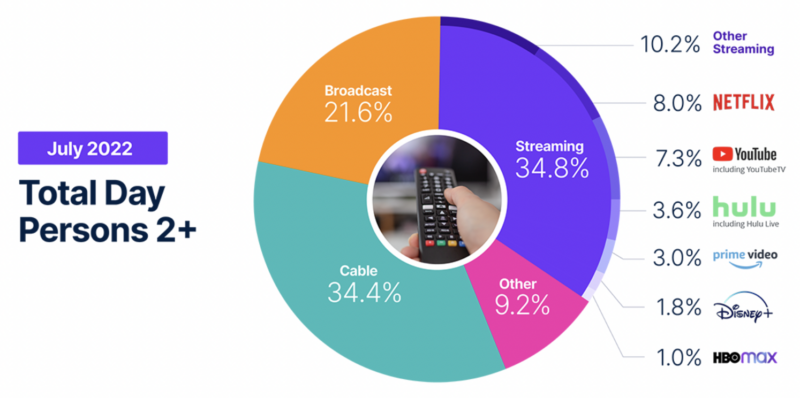9. Global media law or ethics
Streaming Services vs Television
In recent years, the rise of streaming services such as Netflix, Amazon Prime Video, and Disney+ has fundamentally transformed the landscape of the entertainment industry. These platforms have revolutionized the way people consume television shows and movies by offering on-demand content that is accessible anytime and anywhere. This disruption has had profound implications for traditional TV and film industries, reshaping consumer behavior, content production, distribution models, and economic dynamics.
The accessibility of streaming services has democratized content consumption, breaking down barriers to entry and expanding audiences across geographical boundaries. With a stable internet connection and a compatible device, viewers can enjoy a diverse range of content from around the world, transcending the limitations of traditional broadcast networks and cable subscriptions. This global reach has enabled streaming platforms to cultivate loyal fanbases and drive cultural phenomena on a scale never before seen in the entertainment industry.
In addition to changing how content is consumed, streaming services have also revolutionized content production and distribution. Netflix, in particular, has emerged as a major player in original programming, investing billions of dollars in producing exclusive content across various genres, from award-winning dramas to blockbuster films. By leveraging data analytics and viewer feedback, streaming platforms can tailor content to specific demographics and target niche audiences, bypassing the traditional gatekeepers of network television and film studios.

The direct-to-consumer distribution model employed by streaming services has disrupted traditional revenue streams in the entertainment industry. Rather than relying on advertising revenue or box office sales, these platforms generate revenue through subscription fees, offering ad-free viewing experiences and premium content tiers to subscribers. This subscription-based model not only provides a steady stream of income but also incentivizes platforms to prioritize user engagement and retention, leading to continuous innovation and investment in content production.
The rise of streaming services has not been without challenges and controversies. Traditional broadcasters and film studios have faced increasing competition from digital disruptors, leading to declining viewership and revenue losses in some cases. Moreover, the proliferation of streaming platforms has fragmented the media landscape, making it more difficult for consumers to navigate and discover content amidst a sea of options.
Concerns have been raised about the impact of streaming on the cultural diversity and creative freedom of content creators. While streaming platforms offer unprecedented opportunities for independent filmmakers and diverse voices to reach global audiences, they also face pressure to cater to mainstream tastes and maximize viewership metrics. This tension between artistic integrity and commercial viability underscores the complexities of the streaming ecosystem and raises important questions about the future of creativity in the digital age.
In conclusion, the rise of Netflix and other streaming services has disrupted traditional TV and film industries by offering on-demand content that is accessible anytime and anywhere. This transformation has reshaped consumer behavior, content production, distribution models, and economic dynamics, ushering in a new era of entertainment that is defined by convenience, choice, and globalization. While streaming platforms have revolutionized the way we watch and interact with media, they have also posed challenges and controversies that will continue to shape the future of the entertainment industry for years to come.



Comments
Post a Comment